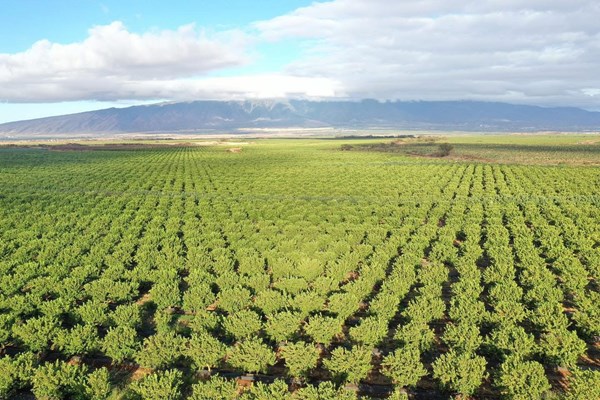Time to modernize Hawai‘i’s agriculture quarantine
Jun 23, 2025

You may be shocked to learn that Hawai‘i farmers face $760 million in lost revenue opportunities every year — more than the state’s total agricultural sales of $673 million in 2022. This is because of an outdated quarantine restriction the federal government imposed on the state in 1912. The rule dates to entomologist George Compere discovering Mediterranean fruit flies in Hawai‘i and presenting this in a paper in 1910 at a fruit grower convention in California. As a result, the Golden State placed an embargo on all Hawai‘i exports of fruits and vegetables to the continental U.S. in 1911. The federal government followed suit shortly after.
The ban creates a major roadblock for hundreds of farmers who could export their products to customers in the continental U.S. For those who wish to apply for an exception, there is a burdensome process that is long and costly. It often involves the produce to undergo radiation treatment and labeling as such, creating customer aversion.
Maui-based Mahi Pono, the country’s largest lime producer, cannot get its limes to any state outside of Hawai‘i because of this outdated rule - while the United States imported $745 million worth of limes from Mexico in 2024. This is just one example of how this antiquated restriction limits Hawai‘i and places the state at an economic disadvantage. At the same time, other regions with pest risks are allowed to export their agricultural goods. Gov. Josh Green and other leaders are now pushing to modernize the quarantine rules based on science-based assessments and updated pest management protocol that would position Hawai‘i to be able to compete fairly in the U.S. marketplace.
Read more about the history of Hawai‘i’s agricultural quarantine in Hawai‘i Food Industry Magazine
Photo Courtesy: Mahi Pono

